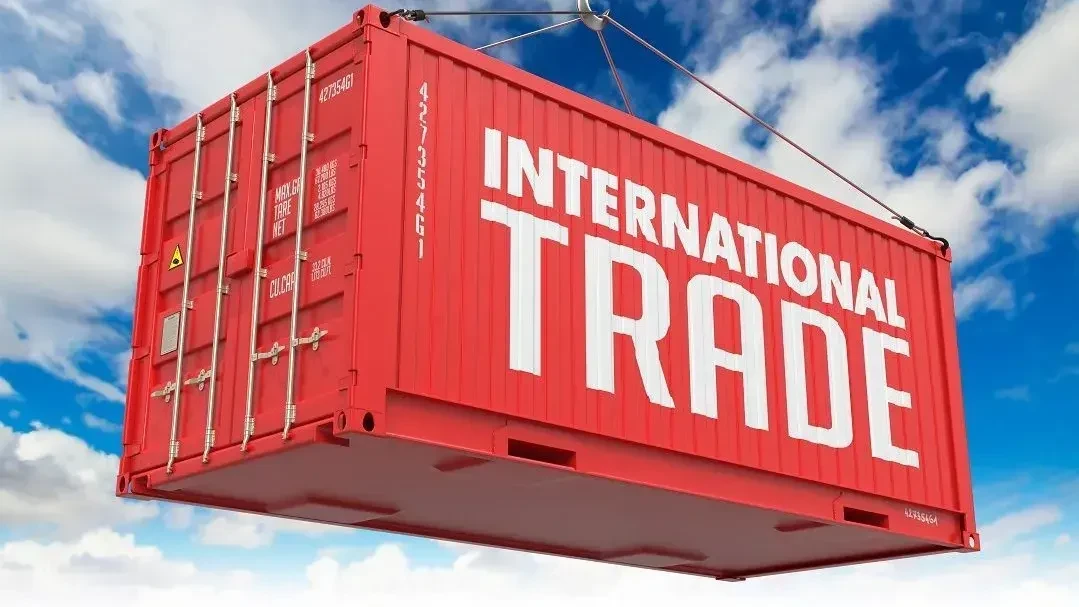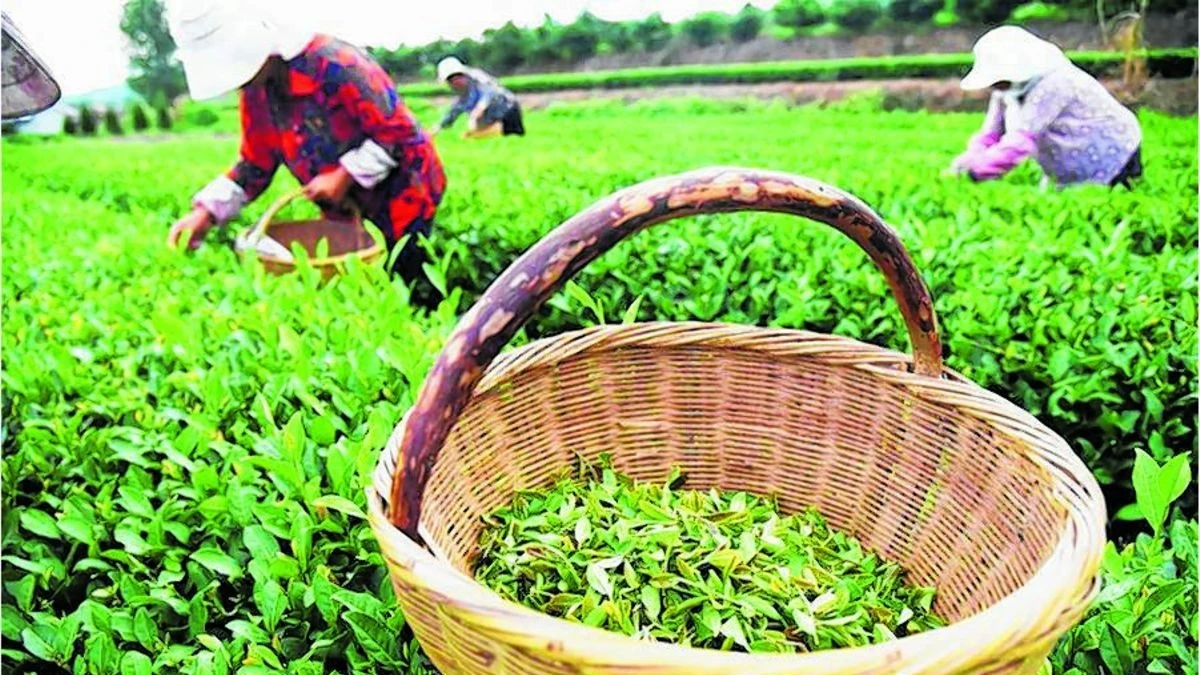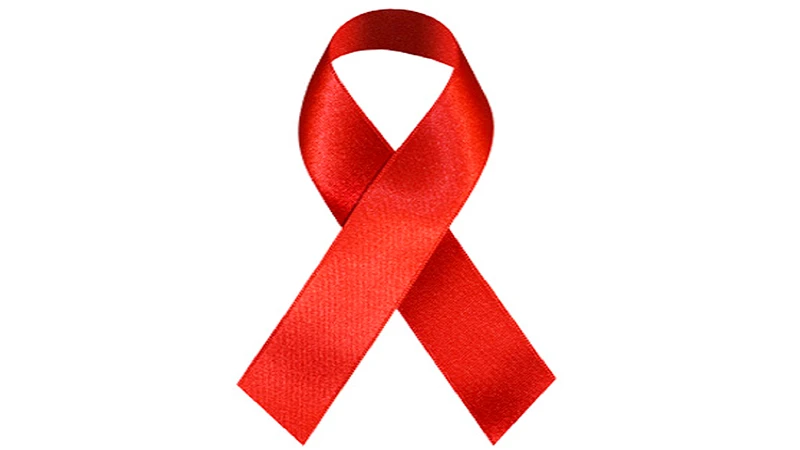Regulators will have to catch up with e-cigarette pandemic

TOP officials of the World Health Organisation have raised alarm that the tobacco industry is actively targeting teens with new tactics, with 37 million children worldwide between 13 and 15 years old using tobacco.
A new report says that many countries have seen the rate of e-cigarette use among that segment of children and youths exceed that of adults.
It cites the WHO European region, where 20 per cent of 15-year-olds surveyed reported using e-cigarettes in the past 30 days.
That comes to a pandemic of sorts as often secondary school goers of that age aren’t in the smoking category just yet, save with e-smoking.
While this pandemic is just taking hold, already there was significant progress in reducing tobacco use, for instance by dire warnings on the outside of cigarette packets, while the UN agency says that the emergence of e-cigarettes upsets the situation.
There is similarly a blending of tobacco or other nicotine products that presents a grave threat to youth and tobacco control. It is something that has also been taken up by something worse than nicotine – that is, narcotics.
There was much local soul-searching in the past few months over the way in which cocaine is blended in the likes of biscuits and ice cream to trap children.
WHO experts say that history is repeating itself, as the tobacco industry tries to sell the same nicotine to children in different packaging.
It is reported that tobacco firms actively target schools, children and young people with new products that are essentially a candy-flavoured trap.
Precisely the same thing is happening with cocaine, which implies that children and slightly older young people without a prior mental mechanism of skipping these products risk plenty in the current environment.
Just as with pests and weeds in other sectors, this is enhanced resilience of acute tobacco addiction as well as cocaine paths.
It so happens that the tobacco industry has for decades talked about harm reduction in their products, if perhaps this was also the case when it offered the e-cigarette formula while diminished use of narcotic products has been legalised in many countries.
Some legislators have in some instances appealed for acceptance of cannabis as an export crop, in like manner as khat, even as the mental or physical harm of those herbs is well documented.
It looks like ‘internet society’, where formulas and goods can be exchanged online to arrive wherever they have a market, is incapable of defending health and moral basics. And this is concomitant with the fact that many youths are effectively sidelined from work.
Marketers of nicotine and narcotics are increasingly targeting children with their dangerous, highly-addictive products.
The WHO report says that e-channels of attracting the youth, as well as diversified products, are the means to net younger users and keep them hooked.
It further notes that more than 70 per cent of young e-cigarette users would quit if the products were available only in tobacco flavour rather than enticing flavours like candy and fruit.
Similarly, no data as yet shows how much the adding of cocaine or other intoxicants is luring children or just teens to such products instead of avoiding them. If it were a matter of using a needle, many of them would avoid it, but hardly with biscuits.
Top Headlines
© 2025 IPPMEDIA.COM. ALL RIGHTS RESERVED

















